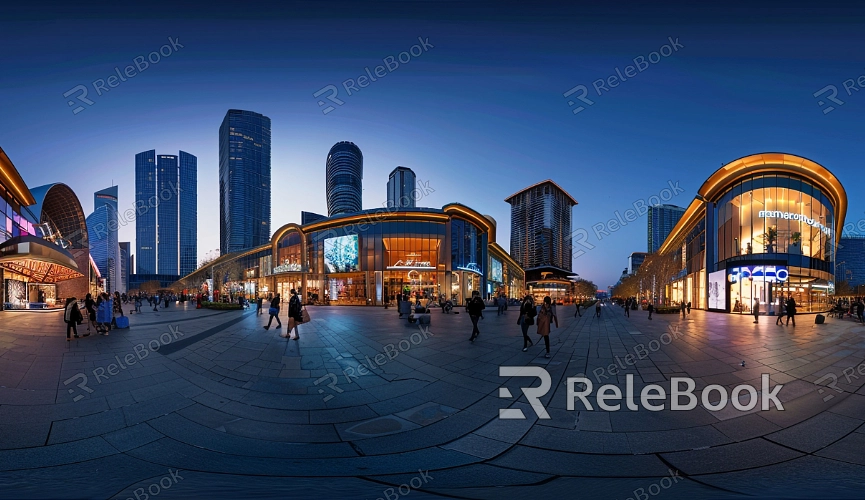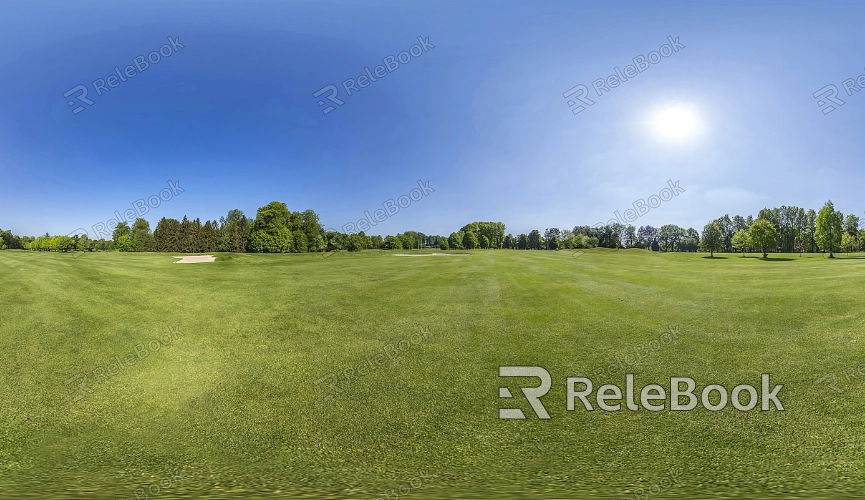What Is the Best HDR Texture Format for 3D Modeling?
HDR textures can significantly enhance the lighting and detail in a scene, making them a staple in 3D software like Blender, 3ds Max, and Maya. However, with various HDR texture formats available, choosing the most suitable one is crucial for designers. This article will explore the most commonly used HDR texture formats in 3D modeling, helping you make an informed decision to boost your workflow efficiency and final rendering quality.

1. Overview of HDR Texture Formats
The Importance of HDR Formats
HDR textures capture and store more lighting information than traditional textures, greatly enriching the representation of light and shadow in a scene. In rendering, HDR textures are typically used for environment mapping, providing realistic reflections and refractions. Therefore, selecting the right HDR format can directly impact the quality of your final image.
Common HDR Texture Formats
The most commonly used HDR texture formats include HDR (Radiance RGBE), EXR, DDS, and TIFF. Each format has its strengths and weaknesses, catering to different scenarios and requirements. Understanding these formats is essential for optimizing both your workflow and rendering results.
2. HDR Format
Format Introduction
HDR, using Radiance RGBE encoding, is one of the most common high dynamic range image formats. Its main advantage is compatibility; nearly all 3D software supports this format.
Advantages and Suitable Scenarios
HDR files are relatively small and efficient in storing and transmitting data. This makes them ideal for scenarios that require fast loading and processing, such as real-time rendering or large-scale scene production.
Disadvantages and Limitations
However, the HDR format has limited dynamic range and color depth, which can lead to color inaccuracies or loss of detail in extreme lighting conditions. For projects with high demands on color and light accuracy, the HDR format may not be the best choice.
3. EXR Format
Format Introduction
Developed by Industrial Light & Magic (ILM), the EXR format offers higher precision and flexibility, making it particularly suitable for professional filmmaking and high-end 3D rendering.
Advantages and Suitable Scenarios
EXR supports 32-bit floating-point precision, capturing incredibly rich lighting and color details, making it perfect for rendering projects that require high accuracy and quality. Additionally, it supports multi-channel storage, allowing flexible adjustments of different lighting and color information during post-production.
Disadvantages and Limitations
Due to its high precision and versatility, EXR files tend to be large, which can result in longer loading times and higher memory and storage requirements. Therefore, the EXR format is more suitable for final render outputs or critical high-quality projects rather than real-time rendering or quick previews.

4. DDS Format
Format Introduction
The DDS (DirectDraw Surface) format is primarily used in gaming and real-time rendering, supporting compressed textures that significantly reduce memory usage and improve loading speeds.
Advantages and Suitable Scenarios
DDS supports various compression methods, such as DXT compression, which can drastically reduce texture file size while maintaining quality. This makes it highly suitable for game development and virtual reality projects that require real-time rendering and efficient processing.
Disadvantages and Limitations
While the DDS format excels in performance, its compression can result in detail loss and color distortion in scenes with extreme lighting or high precision requirements. Therefore, DDS may not be appropriate for cinematic-level rendering or projects demanding high accuracy.
5. TIFF Format
Format Introduction
TIFF is a lossless image format widely used in scenarios where preserving all image data and details is essential.
Advantages and Suitable Scenarios
TIFF supports multi-layer and high-bit-depth image storage, making it ideal for projects that require extensive adjustments in post-production. Additionally, TIFF can retain all details and lighting information, making it particularly suitable for high-quality print output and fine rendering.
Disadvantages and Limitations
However, TIFF files are usually large and do not support real-time preview in some modern 3D software, limiting their use in quick previews and real-time rendering. Thus, TIFF is more often used for final outputs rather than real-time operations.
Selecting the right HDR texture format in 3D modeling and rendering is key to ensuring the quality of your final image and the efficiency of your workflow. The HDR format is ideal for fast loading and handling large scenes, while the EXR format provides exceptional precision and flexibility, making it perfect for high-end rendering projects. DDS offers significant performance advantages in real-time rendering, and TIFF excels in preserving image details and accuracy. Understanding the pros and cons of these formats and choosing the right one based on your project needs will help you achieve better results in your 3D design work.
If you’re looking for high-quality HDR textures, 3D models, or other design resources, Relebook offers a wide selection to help your projects achieve outstanding visual effects.

